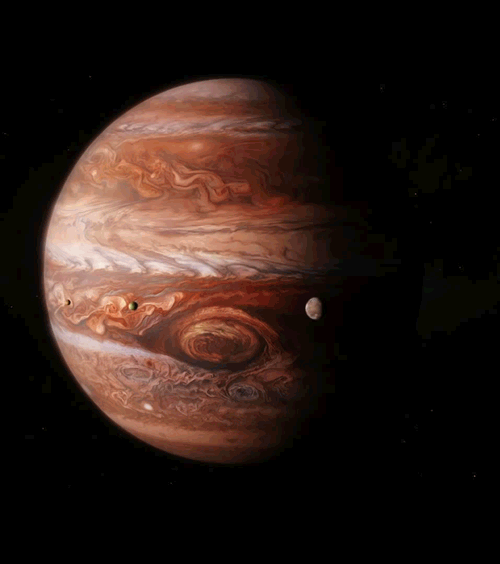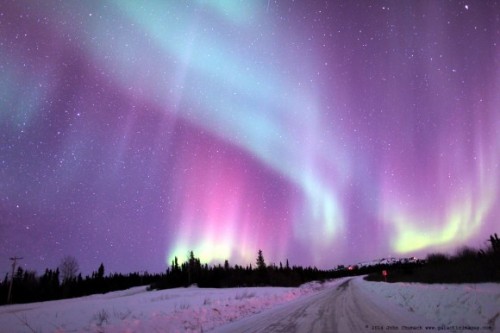53 Thieves // What You Do To Me
53 Thieves // What you do to me
Something takes a part of me
Every time you leave.
More Posts from Babyscummers and Others

Artwork: Juan P. Osorio
I had the time of my life making all of this. thank you all. especially those of you who never let me forget I had to finish. which is basically every one of ya’ll. haha. love you.

rush hour.
posters and more available - shops in my bio :)

Sirius, The Dog Star

Imagine yourself in space
The Perseid Meteor Shower Is Here!

Image Credit: NASA/Bill Ingalls
The Perseids are at their peak this week!
The Perseid meteor shower, one of the biggest meteor showers of the year, will be at its brightest early in the morning on Wednesday, August 12. Read on for some tips on how to watch the night sky this week – and to find out: what exactly are the Perseids, anyway?

Credit: NASA/Bill Ingalls
Your best chance to spot the Perseids will be between 2 AM and dawn (local time) the morning of August 12. Find a dark spot, avoid bright lights (yes, that includes your phone) and get acclimated to the night sky.
Your eyes should be at peak viewing capacity after about 30 minutes; though the Moon may block out some of the dimmer meteors, you should still be able to see up to 15-20 an hour. If you’re not an early bird, you can try and take a look soon after sunset (around 9 PM) on the 11th, though you may not see as many Perseids then.

Credit: NASA/MEO
If it’s too cloudy, or too bright, to go skywatching where you are, you can try again Wednesday or Thursday night – or just stay indoors and watch the Perseids online!
Our Meteor Watch program will be livestreaming the Perseids from Huntsville, Alabama on Facebook (weather permitting), starting around 9 p.m. EDT on August 11 and continuing through sunrise.
So… why are they called the Perseids?
Because all of a meteor shower’s meteors have similar orbits, they appear to come from the same place in the sky – a point called the radiant.

The radiant for the Perseids, as you might guess from the name, is in the constellation Perseus, found near Aries and Taurus in the night sky.
But they’re not actually coming from Perseus, right?

Credit: NASA/Joel Kowsky
Right! The Perseids are actually fragments of the comet Swift-Tuttle, which orbits within our solar system.
If you want to learn more about the Perseids, visit our Watch the Skies blog or check out our monthly “What’s Up” video series. Happy viewing!
Make sure to follow us on Tumblr for your regular dose of space: http://nasa.tumblr.com

do you ever sabotage your own free time? like wtf is that about? i want to play this game or read or do something specific but instead i will just stare out the window or scroll mindlessly???


-
 tonycb2 reblogged this · 3 years ago
tonycb2 reblogged this · 3 years ago -
 tonycb2 liked this · 3 years ago
tonycb2 liked this · 3 years ago -
 wisdomwarriorxx reblogged this · 3 years ago
wisdomwarriorxx reblogged this · 3 years ago -
 fairyfrenddeaf liked this · 3 years ago
fairyfrenddeaf liked this · 3 years ago -
 werewolfpunani reblogged this · 3 years ago
werewolfpunani reblogged this · 3 years ago -
 babyscummers reblogged this · 4 years ago
babyscummers reblogged this · 4 years ago

Shoot for the moon, Even if you miss you’ll land among the stars 🌌
110 posts